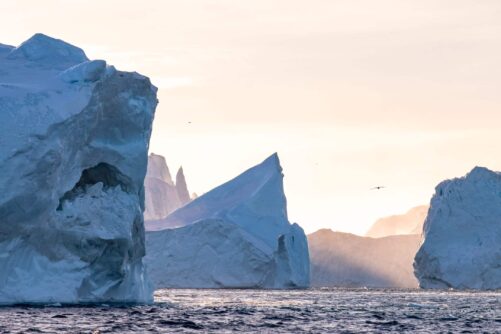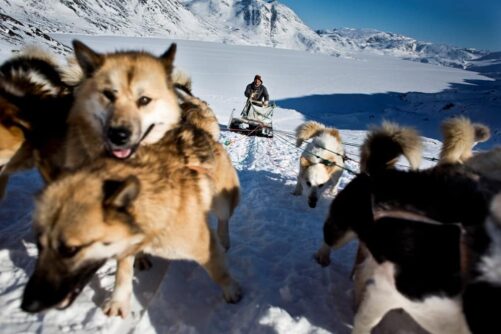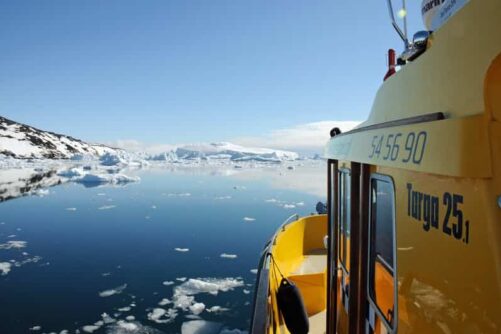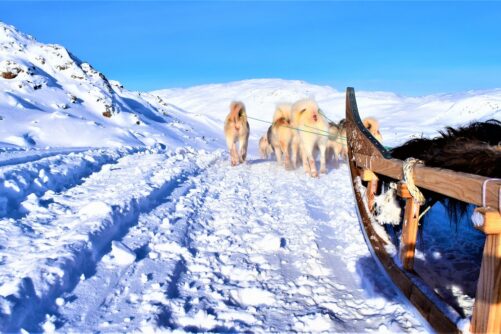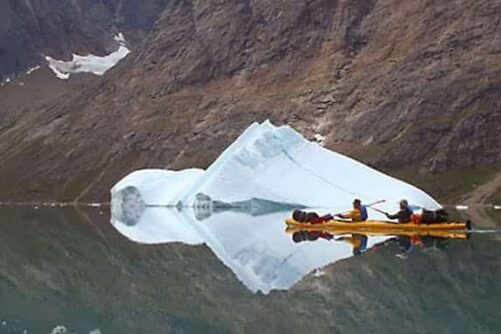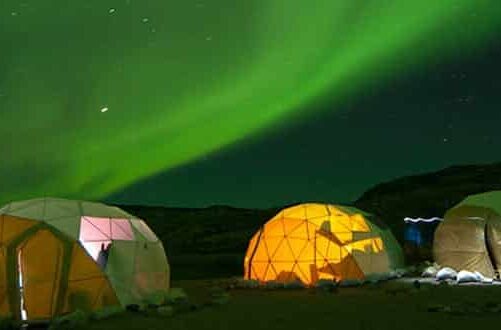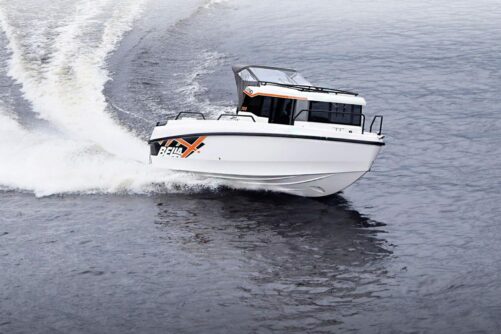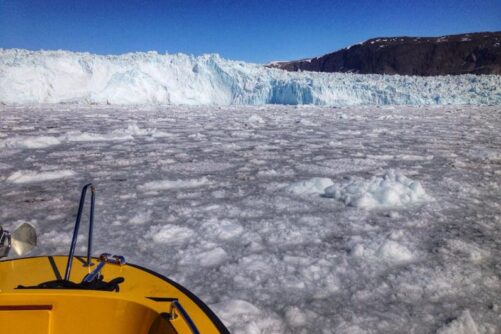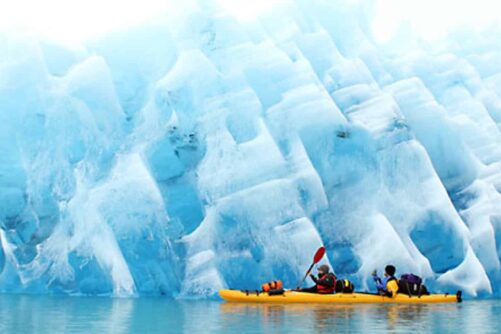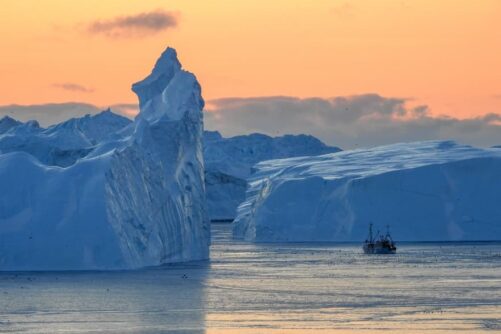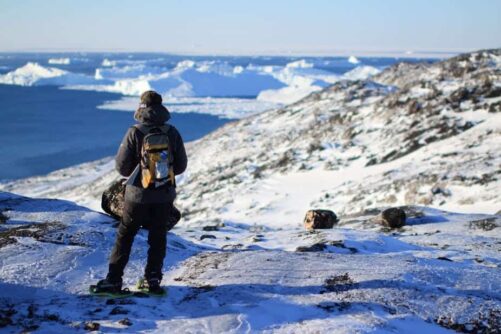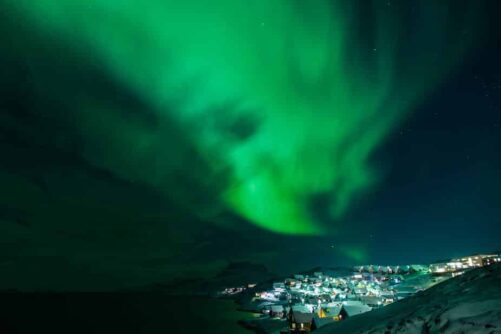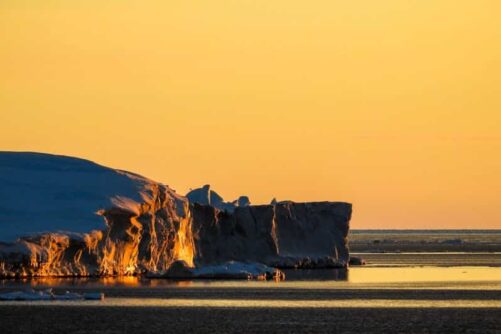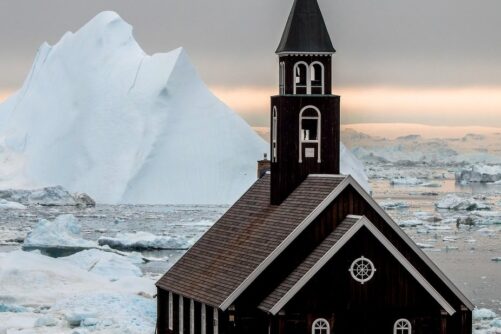
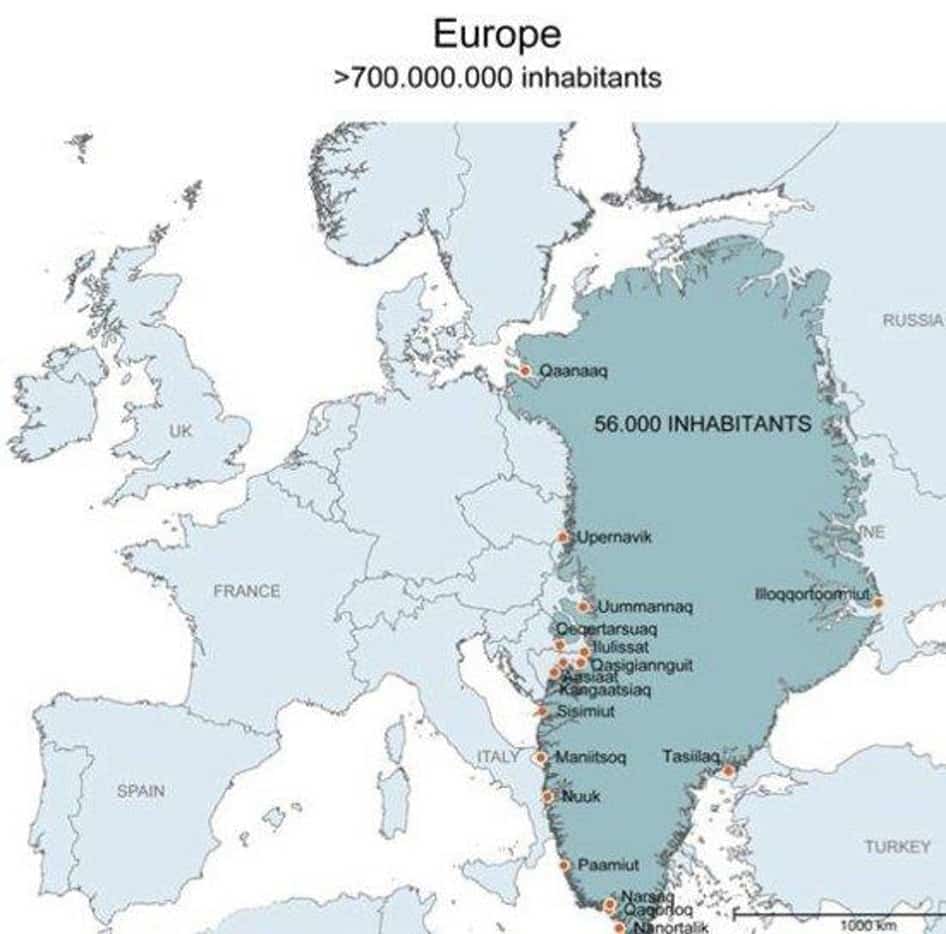
29 facts about Greenland for beginners
Jump to chapter
Published: 04/06/2020
Reading time: 9 minutes

QUICK FACTS:
- Greenland is the size of Western Europe.
- Around 80% is permanently covered by a huge ice cap – the Inland Ice / The Greenland Ice sheet.
- The population lives scattered along the ice-free archipelago, with countless beautiful fjords and mountains.
- The majority live in the lower part of West Greenland, while a small part lives in the northern Thule area, and in two demarcated areas on the rugged east coast.
The Greenlandic name for Greenland is
Kalaallit Nunaat
which means Land of the Greenlanders (or people).
What is Greenland best known for?
The first thing that comes to mind when people think about Greenland is normally it’s huge ice cap, Inuits or polar bears.
What follows is a list of things you might know or not know about Greenland and its truly unique culture and geography. Enjoy!
1. Greenlands Ice Sheet
The inland ice or ice sheet has an area of 1.8 million km2.
Volume, 2.7 million km3 of ice – the equivalent of about 7% of all the fresh water on earth, estimated to a 7 meters rise in sea level worldwide if the ice sheet melt.
The highest point of the inland ice is 3,300 m above sea level and it is more than 3,500 m thick.
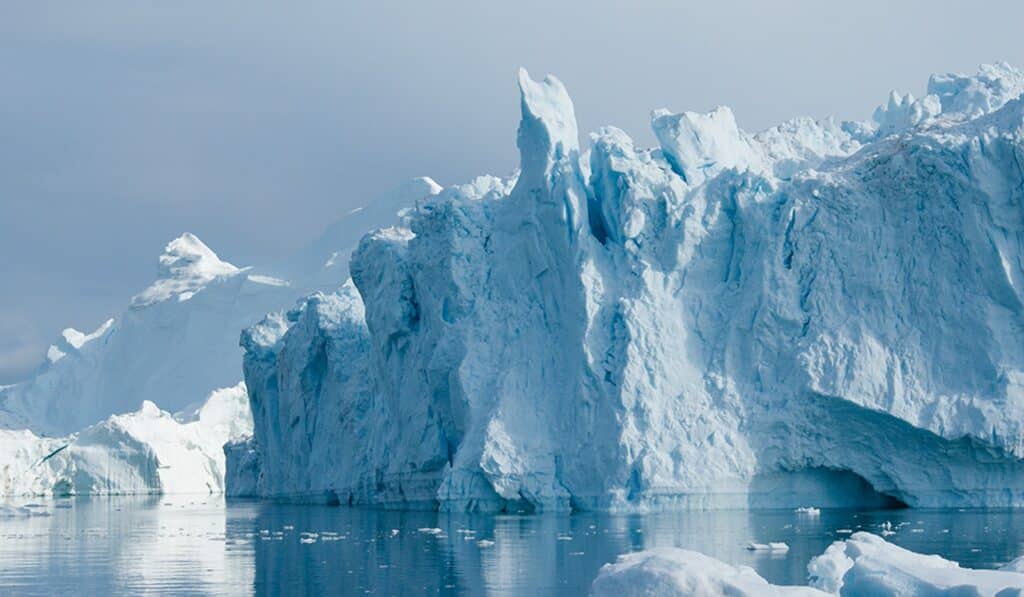
2. Icebergs and glaciers
There are glaciers all over Greenland, which more or less actively produce icebergs at different times of the year, mainly in the summer.
The most productive is the Sermeq Kujalleq glacier at Ilulissat Icefjord, which is also the most visited.
Icebergs are found throughout most of Greenland, all unique in shape, color, and size.
TOP 5 GLACIERS IN GREENLAND
* * * * *
- Sermeq Kujalleq, the glacier at Ilulissat Icefjord, Disko Bay, West Greenland
- Eqip Sermia, Eqi Glacier, North of Ilulissat, West Greenland
- Narsap Sermia, glacier in Nuuk Fjord, the capital region, West Greenland
- Helheilm Glacier, East Greenland
- Tasermiut Sermeq*, South Greenland
* No. 5 withdrawn and lost connection with Tasermiut fjord after 2009 due to climate change. Shown in the top photo on this page.

3. Population
Greenland has about 55,000 inhabitants, of which 90% of these live in 16 towns, and the rest in small settlements.
4. Nuuk the Capital of Greenland
The capital is Nuuk with about 18.000 inhabitants (2018).
5. Greenlandic Language
The official language is Greenlandic with Danish and English as second languages. Greenlandic – Kalaallisut – is closely related to languages spoken by Inuit in Canada and Alaska.

6. Greenlands Area
2,175,600 km2 – the same size as France, Great Britain, Germany, Spain, Italy, Austria, Switzerland and Belgium combined. The 341,700 km2 ice-free areas are bigger than Norway – and ten times the size of Denmark.
7. Distances
From north to south: 2,670 km (same distance as from Bergen in Norway to Tunis in North Africa).
From east to west: 1,050 km (same distance as from Edinburgh to Stockholm).
8. The geographic location of Greenland
The southernmost point of Greenland, Cape Farewell, about the same latitude as Oslo. Northernmost point, Cape Morris Jessup, about 740 km south of the North Pole.
The westernmost point, Cape Alexander, about the same longitude as New York. The easternmost point, Nordostrundingen, situated a little to the east of Iceland. Thus Greenland is east, west, north and south of Iceland.
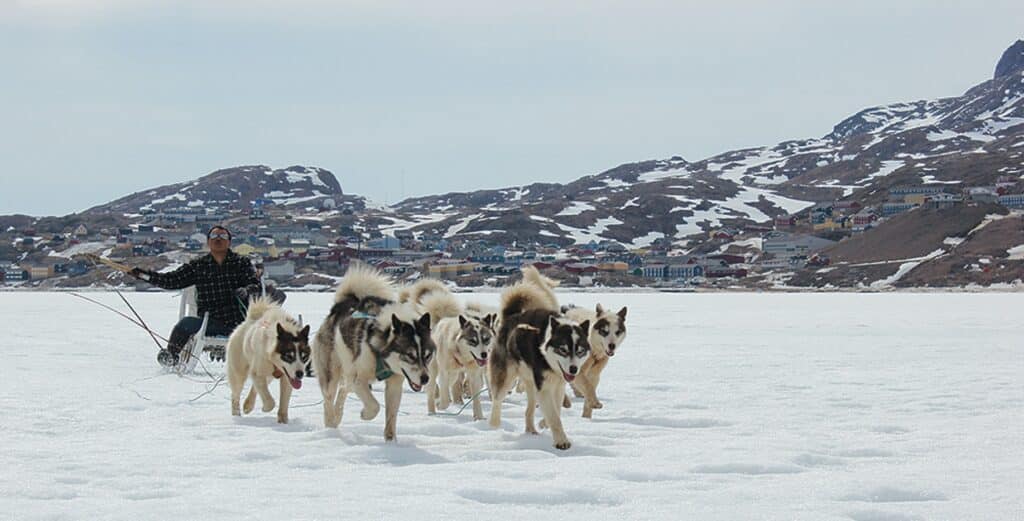
9. Greenland and the Arctic Circle
The Northern Polar Circle is called the Arctic Circle located at 66°North, dividing Greenland into dogsled land above and land without dogsled dogs below.
The City of Sisimiut is located right on the Arctic Circle, and there are several tours including the Arctic Circle Trail.
No cities or villages are interconnected by roads.
10. The towns of Greenland
There are 16 major towns, each with surrounding settlements. None of the towns or settlements are interconnected by roads.
Although some towns are relatively close, nature is a barrier with high mountains, deep and wide fjords or glacier tongues from the ice sheet.
In North Greenland, the towns are Qaanaaq, Upernavik and Uummannaq.
In the Disko Bay, the towns are Ilulissat, Qassiannguit, Qeqertarsuaq and Aasiaat.
On the west coast are the towns Sisimiut, Maniitsoq, the Capital Nuuk and Paamiut. In South Greenland, the towns are Narsaq, Qaqortoq and Nanortalik.
In East Greenland, the towns are Tasiilaq and Ittooqortoormiit.
11. Settlements in Greenland
Greenland has had more than 60 settlements, but many of them are now uninhabited.
There is continuing urbanization where people are looking towards the towns and the young people do not move back after finishing education.
The location of the settlements has primarily been due to fishing and hunting possibilities, with natural shelter from, for example, mountains on one side that made it possible to land by boat safely before there where ports.
All towns and settlements are located incredibly scenic, surrounded by mountains and fjords.
Therefore, most Greenlanders think that their native town or settlement is Greenland’s most beautiful.
12. Highest point in Greenland
Mount Gunnbjørn in East Greenland, 3,733 m above sea level.
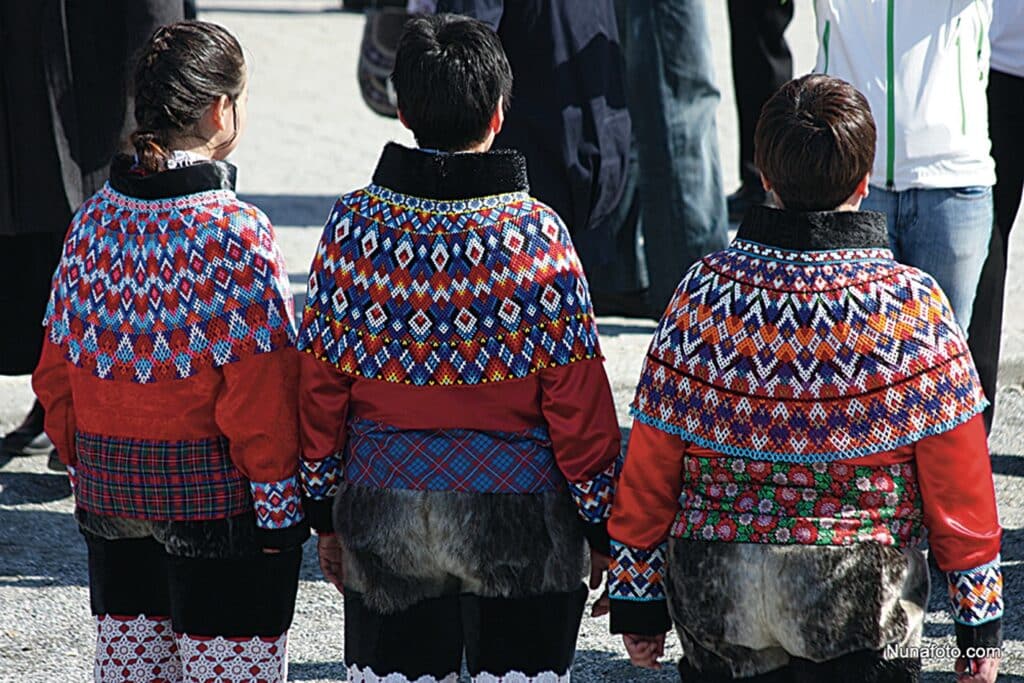
13. Modern and traditional
Greenland is filled with contrasts in many ways. One keeps track of the traditions while using the latest IT technology. It is therefore not abnormal to see a lady in the national suit, with the latest Smartphone in her hand.
In North Greenland, you can see a four-wheel driven Mercedes holding back for a dog sled that crosses the road.
In South Greenland, you can experience sheep, cows, and horses with farmers who harvest grass to hay or harvest potatoes while majestic icebergs are quietly sliding past the fjord at the end of the fields.
The merger between European and Greenlandic food is seen in modern variants of classic dishes based on Greenlandic raw materials and musk, reindeer and lamb meat.
14. Unique kinds of food eaten in Greenland
The traditional food that people it in Greenland is heavily based on meat from marine mammals, mainly seal and whale. Reindeer, muskox, birds and other game is also a common feature.
Among other things, is a traditional delicacy like Mattak – whale skin – that is eaten raw as it is, or with aromatics as the only spice.
The national dish of Greenland is a meat soup called suaasat. Normally, it will contain seal, whale, reindeer or seabirds and be seasoned with salt, pepper, onions, bay leaves and served with aromatic or curry in large amounts.

15. Greenland’s wildlife
The rich wildlife is seen everywhere in the form of whales, eagles and many other birds, musk oxen, reindeer, seals, polar fox and hares.
It is only rarely that people see Greenland’s national animal number one – Nanoq – the Polar Bear.
16. Greenland’s national costume
The beautiful female national costume is with its pearls and embroidery, a symbol that traditional Greenlandic culture remains important in modern society.
Family and friends are of great importance, and Greenland is in the top 10 with the number of Facebook accounts measured per capita.
Greenlanders wearing the national costume at everything from childbirth to funeral with at a coffee Mik – a gathering which not only offers coffee but often both cakes and food too.
17. International words of Greenlandic origin
Words that are commonly known and used across the world – such as Igloo (dome-shaped house of snow) and Kayak (small narrow boat) – originate from Greenlandic words (Igdlo and Qajaq).
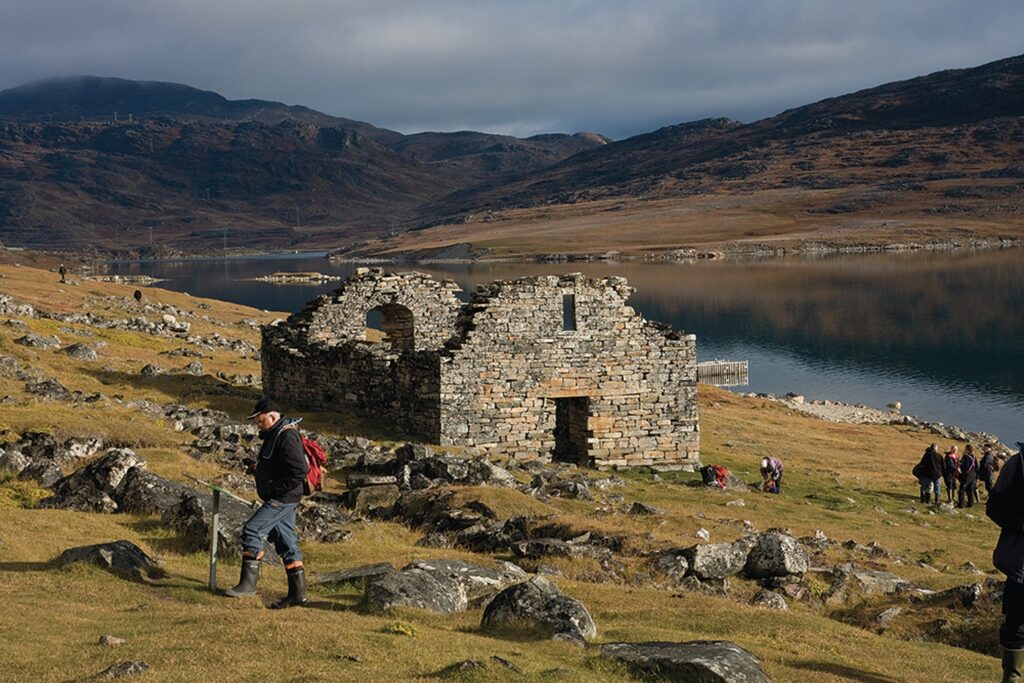
18. The first settlers in Greenland
The first people came to the Thule Region 4-5000 years ago from Canada.
In all, 6 Inuit cultures immigrated at various times and the present population are descendants of the Thule Culture that came to Greenland around the 9th century.
It was about the same time as the Norsemen and Erik the Red arrived in Greenland in 982, as described in the Icelandic Sagas.
Many of the Inuit cultures remains are still to be found in their former kitchen middens, but now threatened by climate change and thawing of areas with used to have permafrost.
Norsemen ruins are more weather resistant, and still visible in South Greenland and near Nuuk, and a unique sight for the few tourists who know.
In South Greenland, you can still see stone fences around the fields close to Igaliku, built by the Norsemen 1000 years ago, and one can drink from the source still running at the same place as described in the Saga.
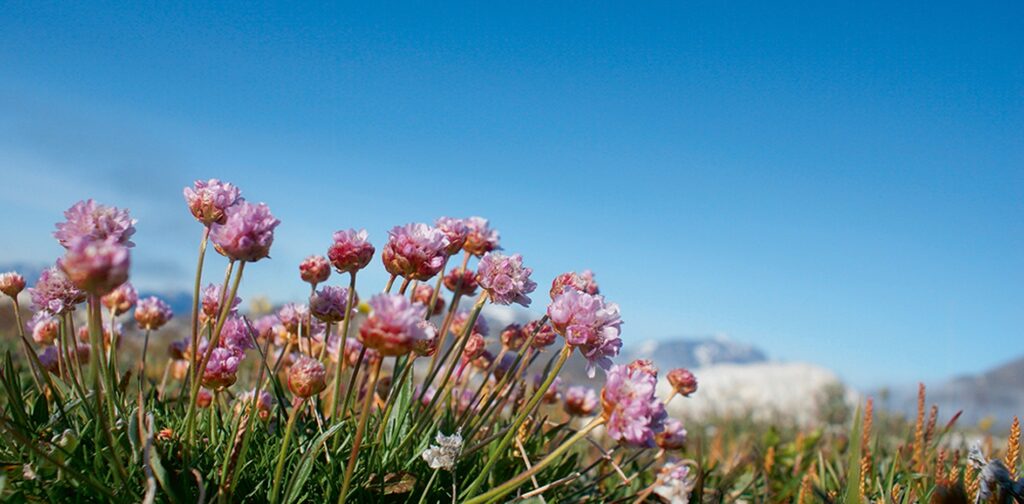
19. Visiting the Arctic
There are large variations in weather and temperature in Greenland, and it changes rapidly from good to rough weather.
There may be summer in South Greenland, while the last sea ice and snow are still not melted in North Greenland.
A piece of good advice is never to move alone in nature, and always have several layers of clothes so you can put on clothes on or off after the conditions.
Especially the chill factor can surprise in cool weather, so respect the nature and rather bring too much than too little clothing.
It is not possible to drive between Greenland’s towns and settlements
because there are no roads outside the built-up areas
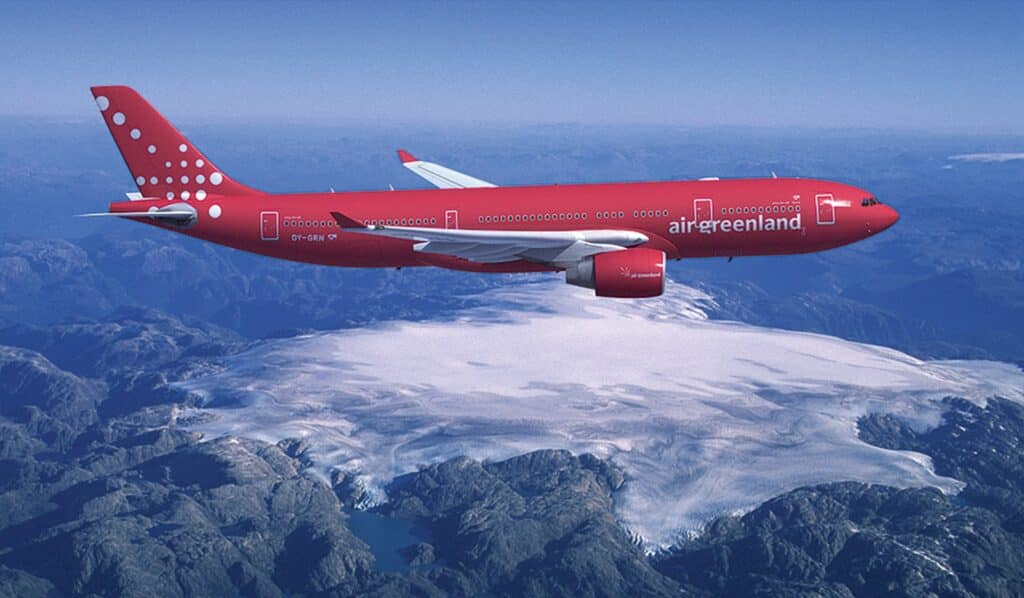
20. No intercity roads in Greenland
There is no road network between towns and cities in Greenland. Therefore, infrastructure is based on air traffic and shipping.
- Air Greenland flies to and from Denmark and Iceland and domestically with smaller fixed wing aircrafts and helicopters.
- Air Iceland Connect flies between Iceland and Greenland.
21. Before you book
The infrastructure and distances in Greenland make it impossible to book a tour to South Greenland and a day tour in Nuuk during that trip.
Be aware of this geographic fact before you book. Fortunately, most areas have a huge selection of day tours and things to do, all listed here on Guide to Greenland.
22. The flag of Greenland and its meaning
On the 21st of June in 1985 Greenland adopted its current flag. It was designed by Thue Christiansen, a native of Greenland. The flag is called Erfalasorput, which literally means “our flag” in Greenlandic.
The flag has two colours, red and white, which symbolises its relationship with Denmark.
The flag is split by a horizontal line and has a circle a little bit to the left of its middle. The circle represents the sun and its warmth as it returns in midsummer.
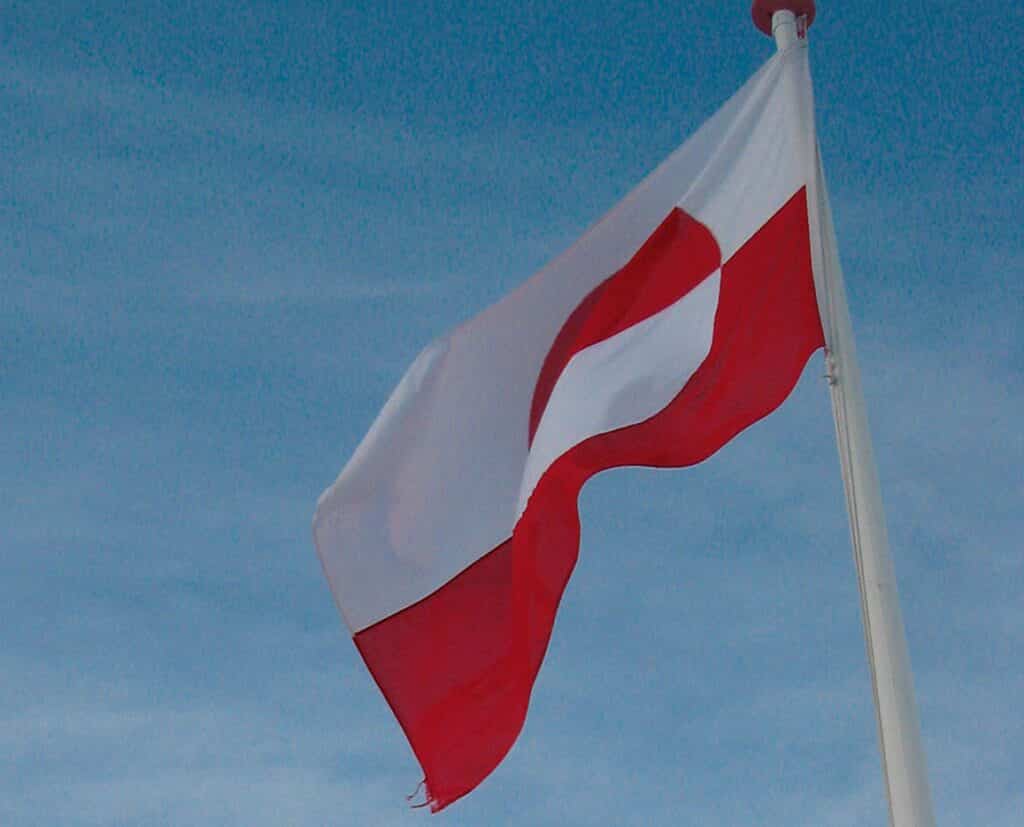
23. Greenland as part of Denmark
Greenland is a parliamentary democracy and part of the Danish realm together with the Faroe Islands.
From 1721 to 1953 Greenland was a Danish colony. In 1953 Greenland received a county-like status. In 1979, home rule was established and in 2009 self-governance status was achieved.
24. the National Day of Greenland
The people of Greenland celebrate their National Day every year on June 21st.

25. Business & Economy of Greenland
Fishing is Greenland’s main industry as it makes up most of the total export. The main export products are prawns and Greenland halibut. Greenland’s GDP was USD 2.2 billion in 2015 which corresponds to USD 40,000 per capita.
26. Telecommunication in Greenland
There is only one provider of telecommunications and internet in Greenland. The National provider is called TELE Greenland and is fully owned by the Greenlandic Home Rule government.
All towns and most settlements in Greenland have access to the internet with various speed.
The country code in Greenland is +299. As in other sparsely populated areas on earth, Gigabytes and Roaming costs are high.
27. Currency
The currency is Danish kroner. The currency code is DKK.
28. Payments
There are Bank outlets in several cities, and most larger Hotels and stores accept major international credit cards. To avoid problems, book and pay your stay here at Guide to Greenland.
29. Plan your trip before you go to Greenland
Do not go to the Arctic without securing a roof over your head. You can find a selection of accommodation options here.
Tours and sightseeing activities in Greenland often have limited availability. Therefore, it is worth the while to plan ahead. On Guide to Greenland, you will find the largest selection of tours and activities offered by a range of suppliers.
Additionally, you can discover things to do in Greenland and get more knowledge of the country and its culture by reading some of our articles or by connecting with locals and travel bloggers who have been to Greenland.

Did we forget anything? Let us know in the comment section below?








